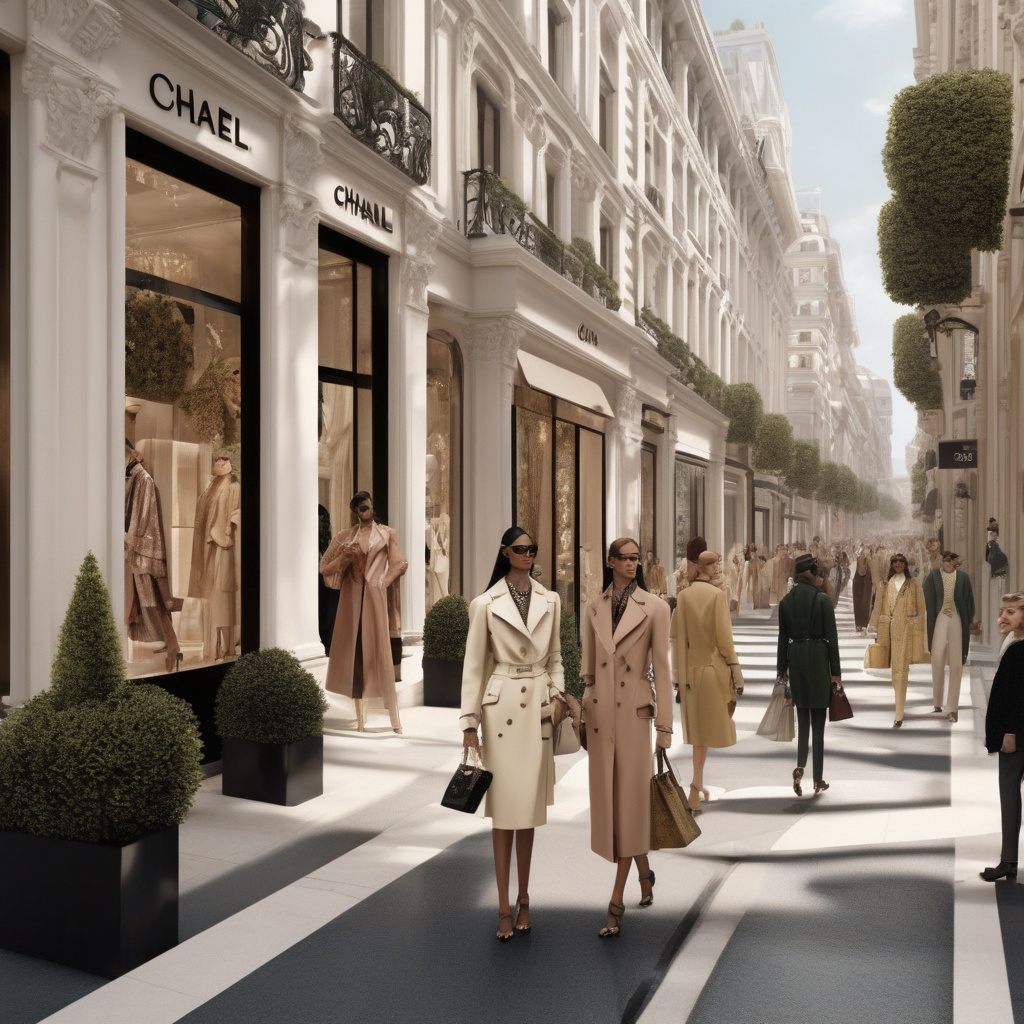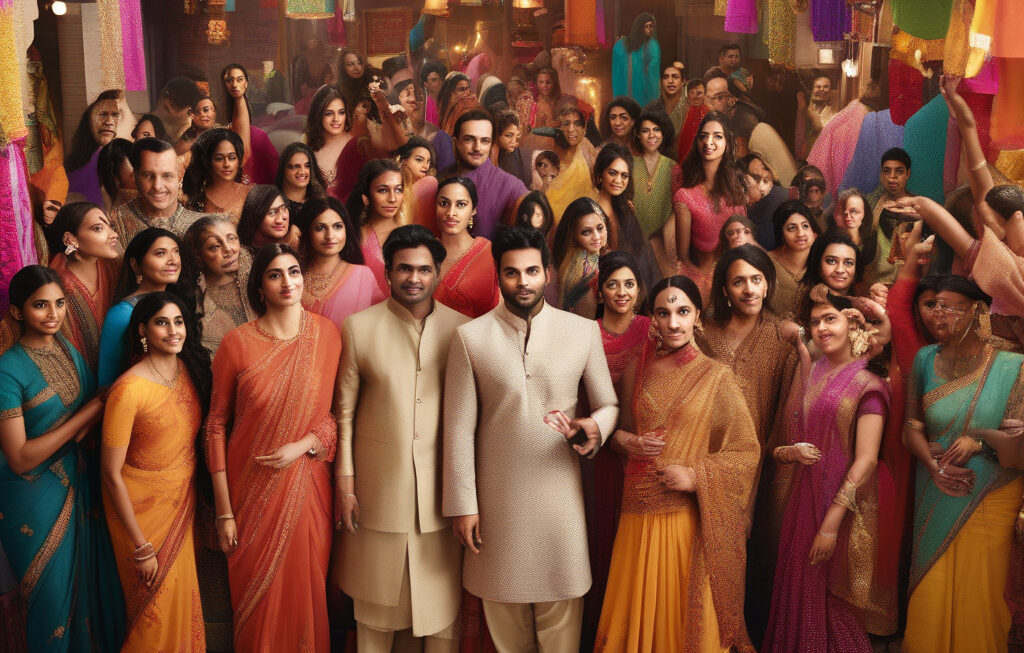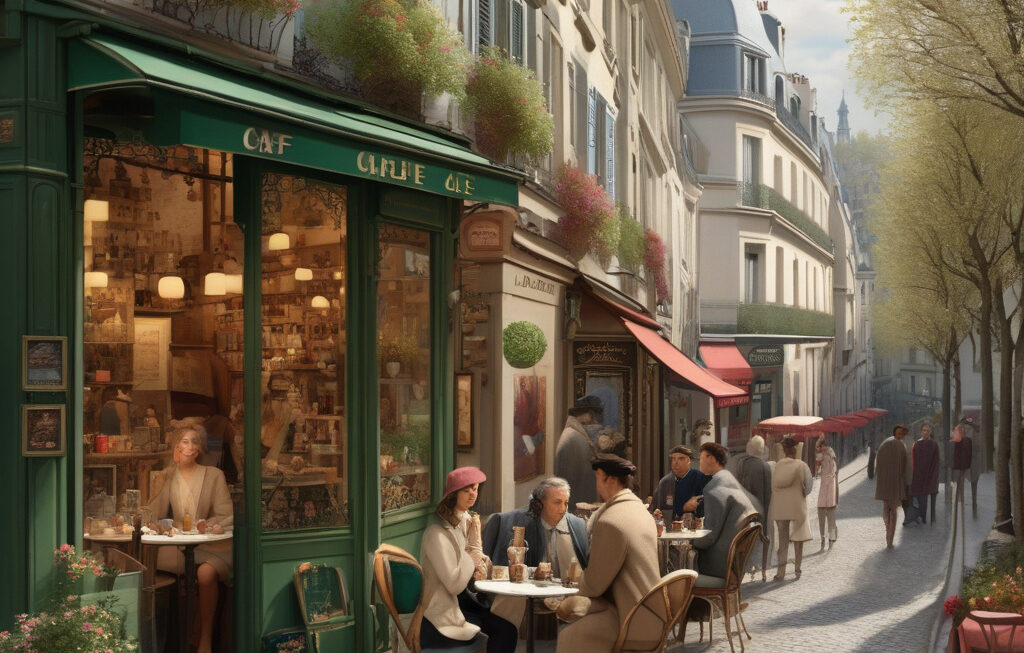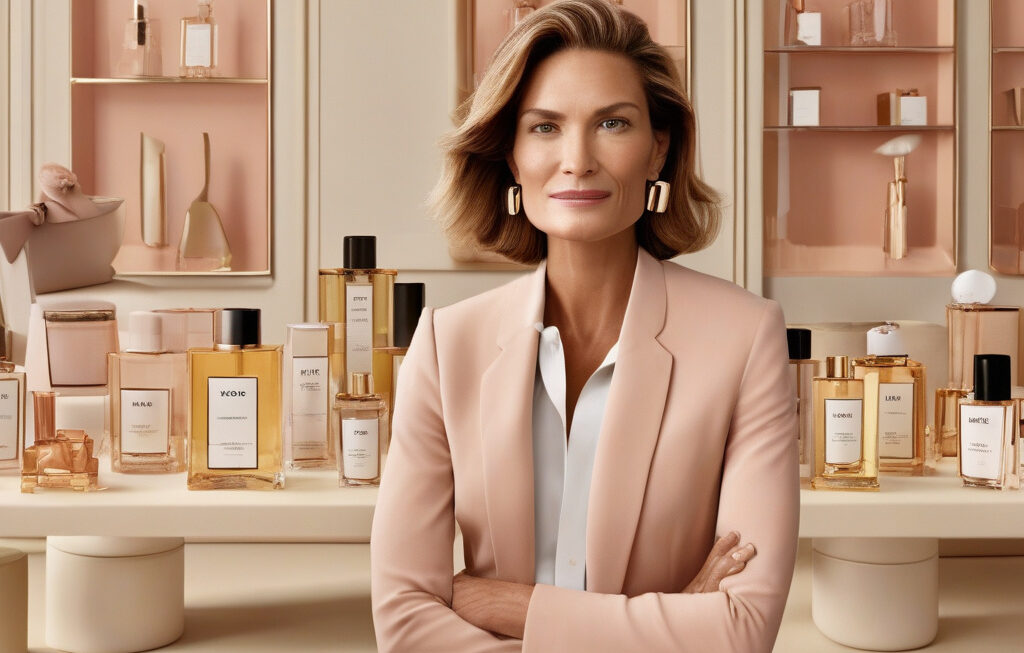Opinion | When Will Luxury’s Perfect Storm Pass?
The luxury sector has been facing turbulent times, with the pandemic wreaking havoc on consumer spending and global supply chains. However, according to Andrea Felsted, a seasoned industry expert, the storm may be closer to passing than initially anticipated. In her recent analysis, Felsted suggests that while the sector has undoubtedly weathered a bloodbath, current valuations in the luxury market seem to be pricing in the worst-case scenario.
The impact of the COVID-19 pandemic on the luxury industry cannot be overstated. With lockdowns, travel restrictions, and economic uncertainty, consumer behavior underwent a significant shift. Discretionary spending took a hit as individuals prioritized essentials over indulgences. This abrupt change in shopping patterns led to a sharp decline in sales for luxury brands across the board.
However, as the world gradually adapts to the new normal, signs of recovery are starting to emerge. Countries are easing restrictions, travel is slowly resuming, and consumer confidence is showing signs of improvement. These factors are breathing a sense of cautious optimism into the luxury market, hinting that the worst may be over.
One key aspect highlighted by Felsted is the resilience and adaptability of luxury brands. Faced with unprecedented challenges, many companies in the sector swiftly pivoted their strategies. From accelerating their digital transformation to exploring new ways to engage with consumers, luxury brands have shown remarkable agility in navigating the crisis.
Moreover, the shift towards online shopping and digital experiences has opened up new opportunities for luxury brands. By enhancing their e-commerce platforms, investing in virtual showrooms, and leveraging social media channels, luxury companies have been able to stay connected with their audience and drive sales in a predominantly virtual landscape.
Another factor contributing to the sector’s potential recovery is the pent-up demand for luxury goods. As restrictions ease and consumer confidence grows, there is a likelihood of a resurgence in luxury spending. The aspirational nature of luxury products, coupled with the emotional connection they evoke, positions them well to benefit from a rebound in consumer sentiment.
While challenges still lie ahead, including ongoing supply chain disruptions and economic uncertainties, the overall outlook for the luxury sector appears to be gradually improving. As valuations adjust to reflect a more nuanced understanding of the market dynamics, investors and industry players alike may find opportunities amidst the recovery.
In conclusion, the perfect storm that has besieged the luxury industry may be on the cusp of passing. With resilience, adaptability, and a shifting consumer landscape, luxury brands are poised to navigate the path to recovery. As the sector recalibrates and reimagines its future post-pandemic, it is essential to keep a watchful eye on emerging trends and opportunities that will shape the next chapter of luxury retail.
luxury, pandemic, consumer behavior, recovery, digital transformation












